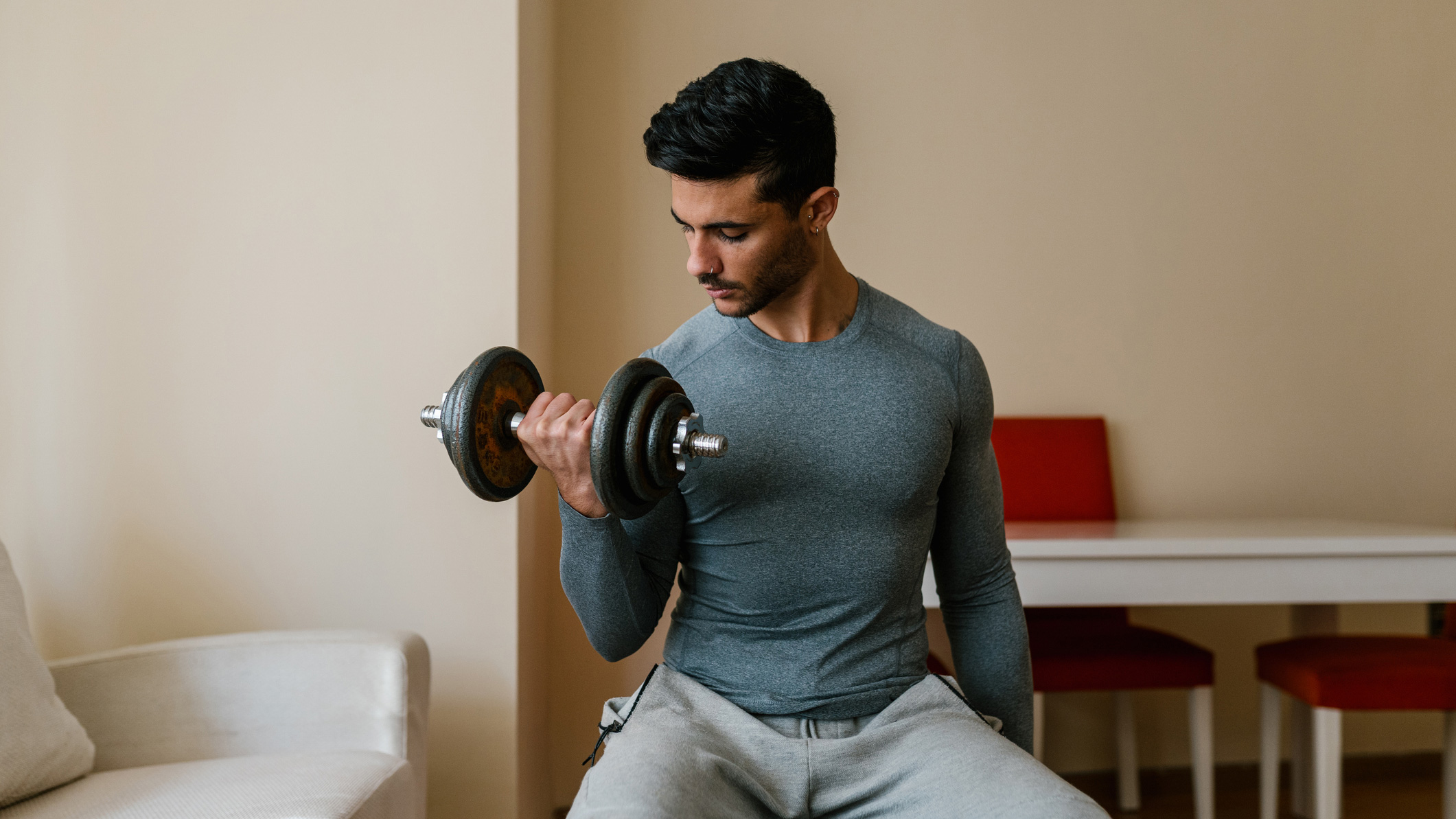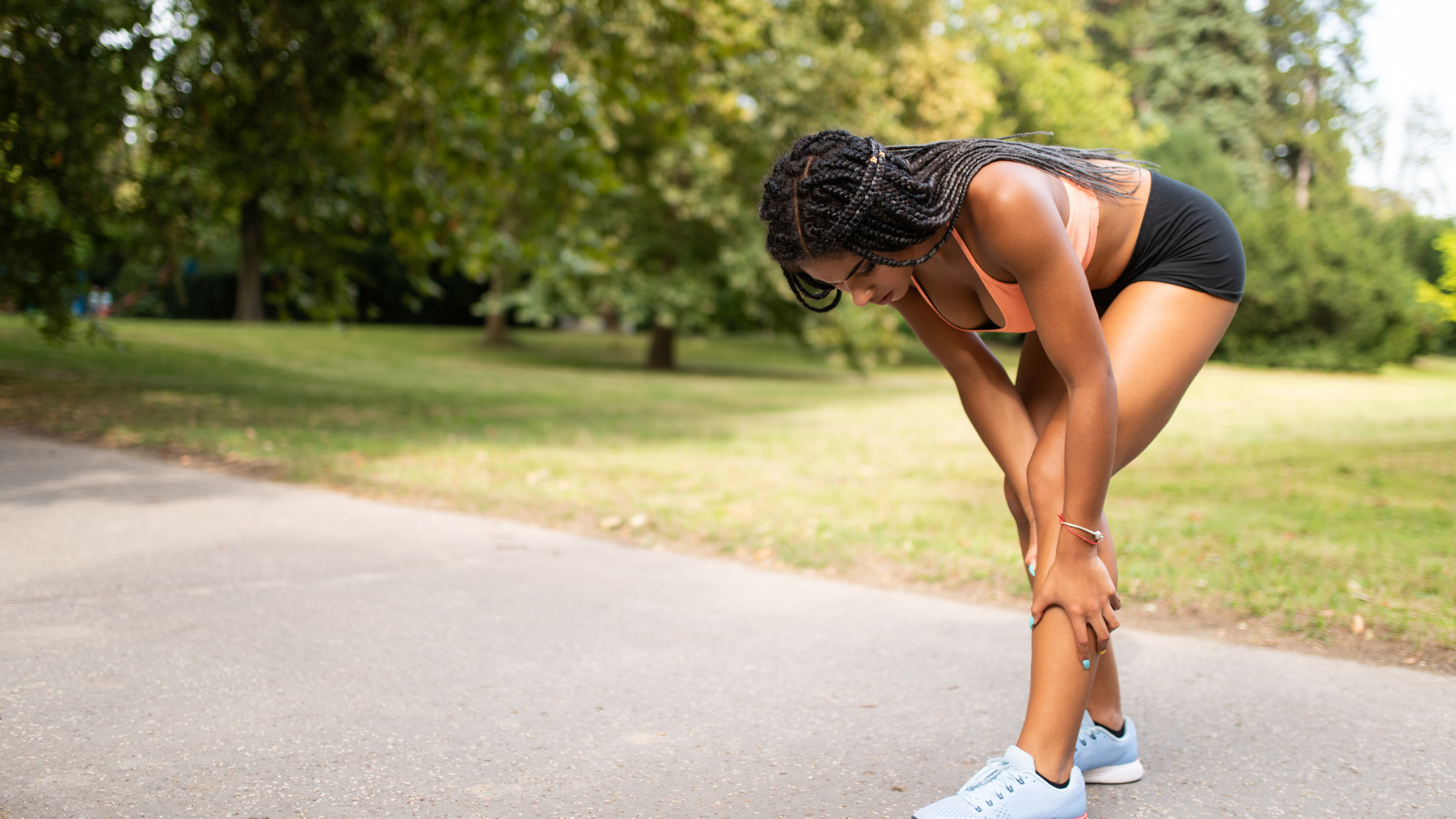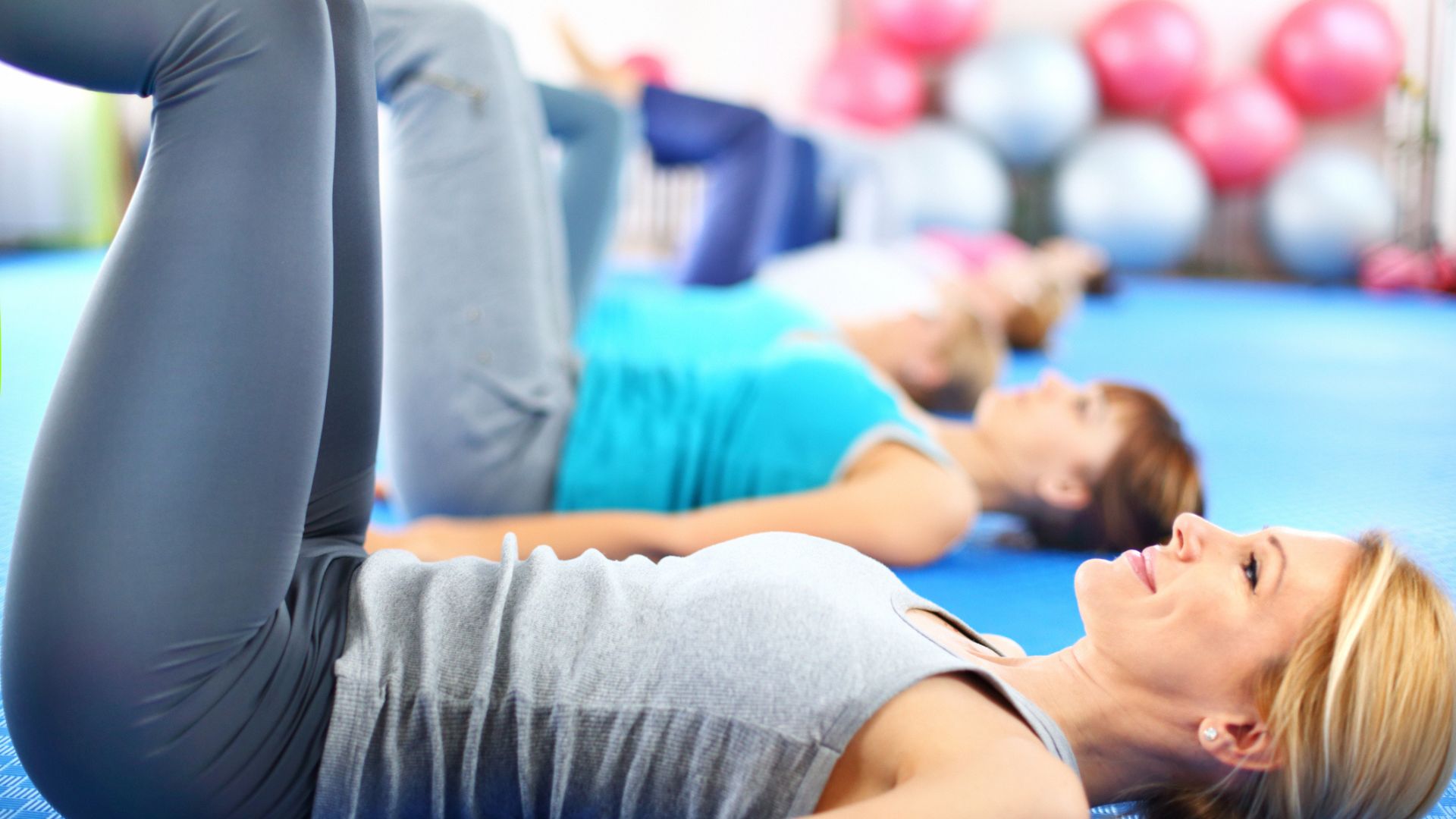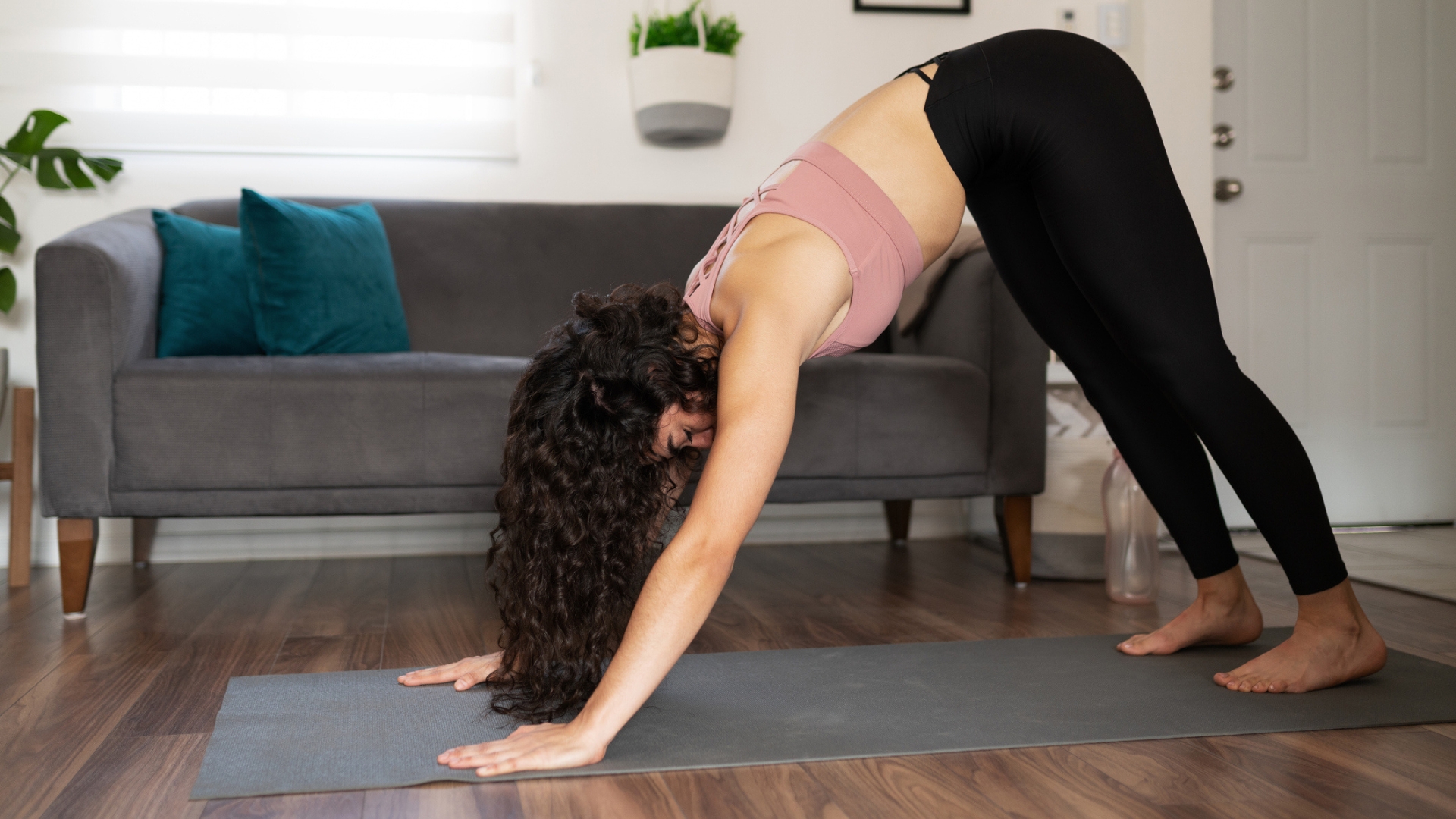Struggling to build muscle? Train less intensely but more often, according to science
Training more often at a lower intensity will allow you to build muscle faster, as there's less fatigue and soreness


How hard do you exercise? You might opt for three, four, or even five sessions a week, working out at a moderate intensity. Alternatively, you may just opt for one or two determined exercise sessions, "maxing out" your capabilities and taking several days to recover.
Well, whether you're using the best adjustable dumbbells or best resistance bands to exercise at home, or working out in a gym, research has found it's better to exercise less intensely, and more often, than exercise less frequently at a higher intensity, especially when it comes to building muscle.
A research paper published in the journal Frontiers in Physiology looked at how different training volumes and intensity affected healthy male college students. The researchers from several universities based in Tokyo examined students who performed knee extension exercises for two sets, three times a week, and compared it to students performing six sets of the same exercise, once a week.
Even though you're doing the same amount of training, doing six sets in a single day will fatigue the muscle group you're working with, rather than breaking those six sets up over the course of the week.
By the end of the study, the researchers found that "after 11 weeks of training, both groups exhibited significant improvements in thigh circumference, muscle thickness, and maximum voluntary contractions". However, the group which trained three times a week experienced significantly less muscle fatigue.

What's the takeaway? To build muscle without the next-day soreness, you can train more often and do less, while still making gains.
Plenty of experts agree. In an interview with podcaster Joe Rogan, expert martial arts coach Firaz Zahabi says he focuses on consistency rather than intensity, training to "never get sore". If you do can do 10 pull-ups and then you get sore and tired, it's better to do five pull-ups every day. Over time, you do more pull-ups than someone who has to wait a few days to recover.
Get the Fit&Well Newsletter
Start your week with achievable workout ideas, health tips and wellbeing advice in your inbox.
The reason we get sore after training our muscles is due to delayed onset muscle soreness, or DOMS. When we do resistance training, we create little tears in the muscle, which grow back thicker and stronger with the help of dietary protein. These tears are the reason for all that soreness (and why it's essential to grab one of our best protein powder for weight loss entries).
Training with less intensity won't hamper your gains. In fact, it will do the opposite; you'll be able to train more often, growing your muscles faster than if you go all-out and need to recover.
Of course, sometimes DOMS does rear its ugly head, in which case you need to be prepared. We recommend our guide to stretching exercises and a self-massage tool such as the best foam rollers.
Matt Evans is an experienced health and fitness journalist and is currently Fitness and Wellbeing Editor at TechRadar, covering all things exercise and nutrition on Fit&Well's tech-focused sister site. Matt originally discovered exercise through martial arts: he holds a black belt in Karate and remains a keen runner, gym-goer, and infrequent yogi. His top fitness tip? Stretch.
-
 A Pilates instructor says this is the beginner-friendly core exercise everyone should try
A Pilates instructor says this is the beginner-friendly core exercise everyone should tryForget crunches, this is the perfect foundation move
By Alice Porter Published
-
 Prevent poor posture and release tension from sitting down with these four simple stretches from a yoga instructor
Prevent poor posture and release tension from sitting down with these four simple stretches from a yoga instructorThe daily poses he swears by, no matter what
By Alice Porter Published